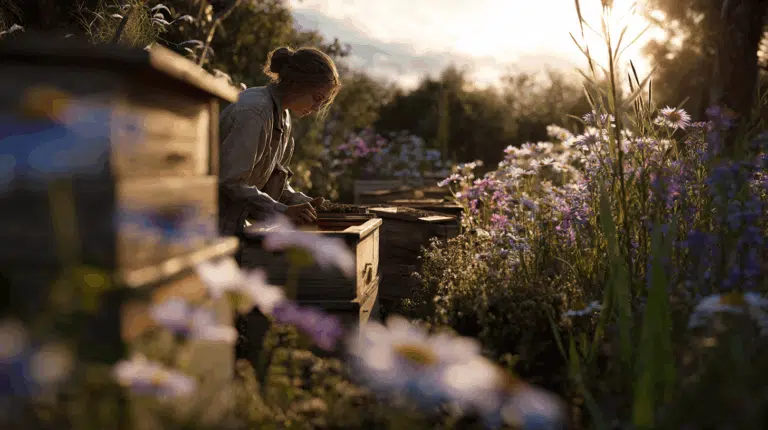Potted plants are indispensable in any professional flower and plant assortment. They bring color, fragrance, and ambiance to spaces where space is limited, and are popular with both consumers and florists. For growers and wholesalers, potted plants also offer a flexible and profitable cultivation segment: they take up little space, have a short growth cycle, and are easy to transport.

Many potted plants can be left outside temporarily, but pay attention to temperature, sunlight, and wind. Some tropical species are not winter-hardy and should be brought indoors during the colder months.
Yellow leaves can indicate too much water, too little light, or a nutrient deficiency. Check watering and location.
Possible causes include insufficient light, insufficient nutrients, a pot that is too small, or stress due to changes in temperature or humidity.
Roots growing out of the drainage holes, dry potting soil that dries out quickly, or a plant that starts to tilt are signs that a larger pot is needed.
Provide sufficient light, less water, and a constant room temperature. Avoid drafts and heat sources directly near the plant.